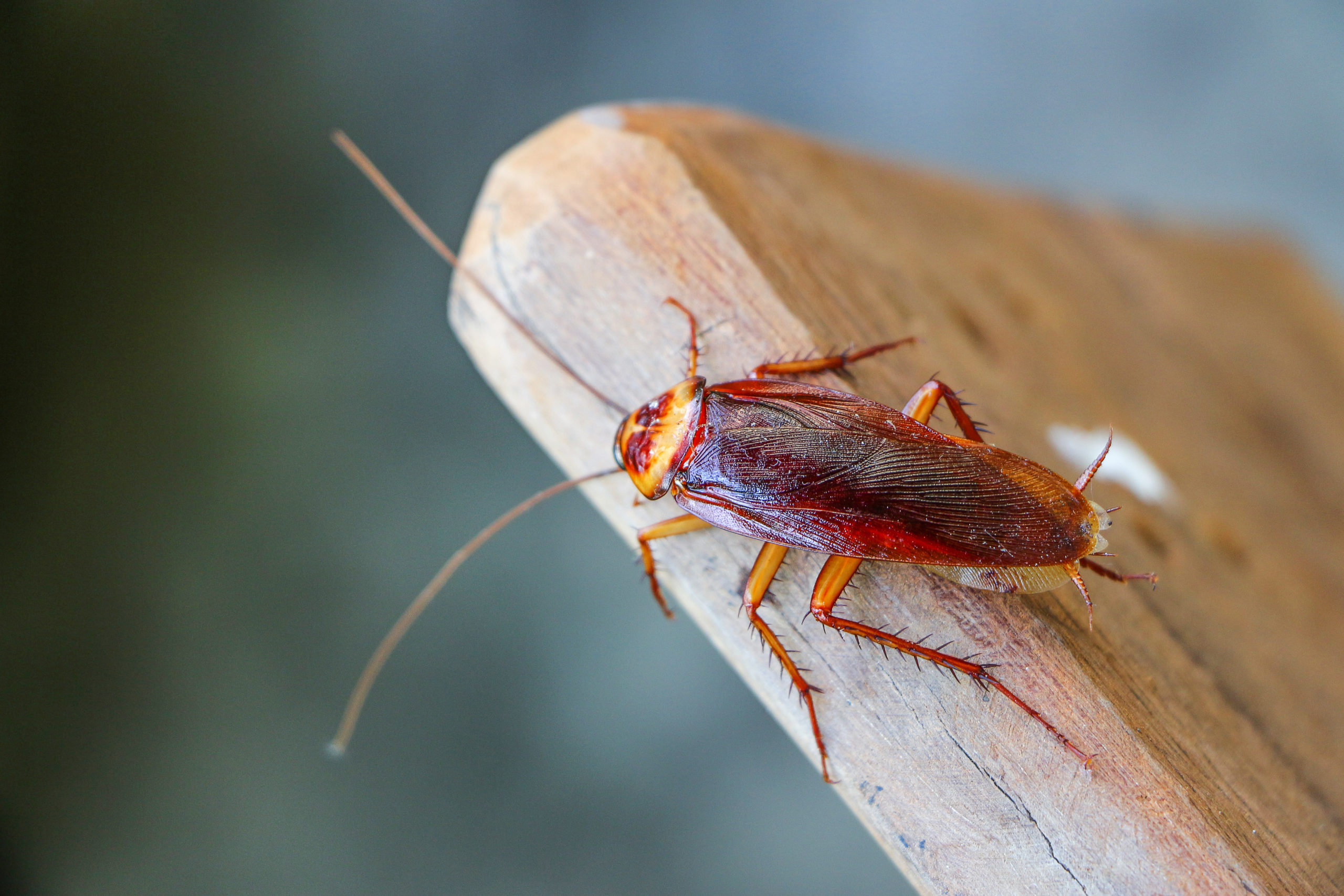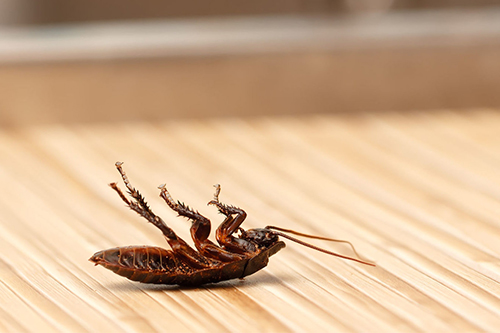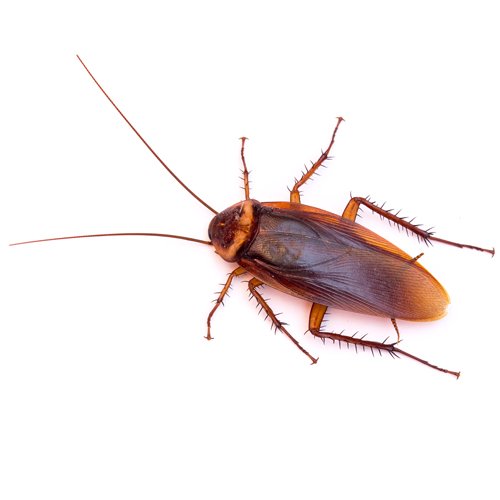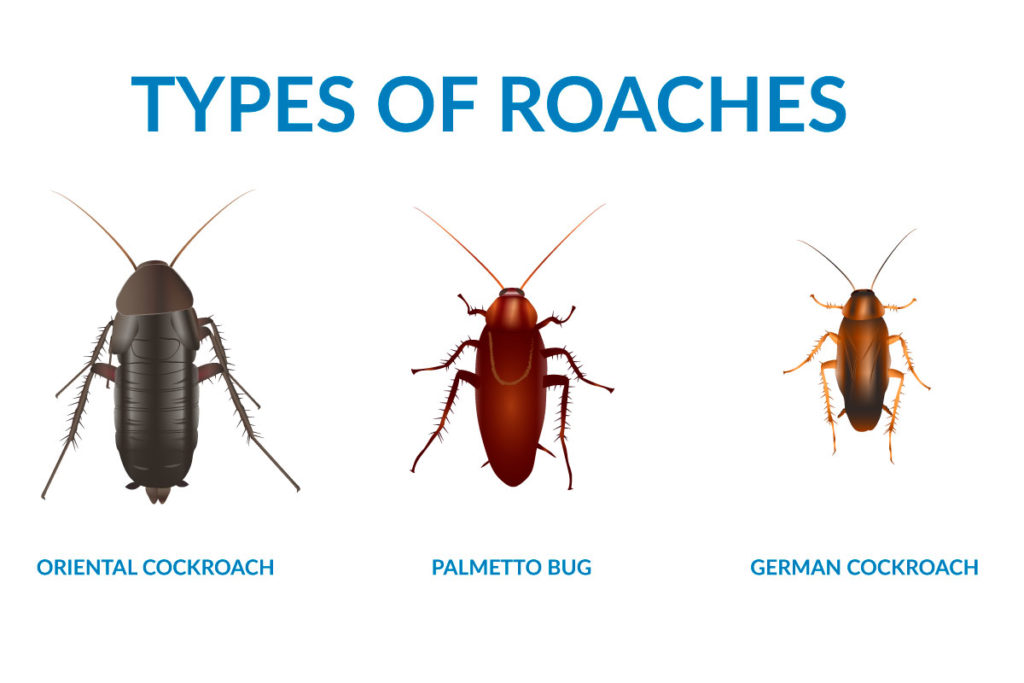Are you ready to know how to get rid of palmetto bugs from invading your beautiful home? Palmetto bug is a name given to several species of large cockroaches. In some areas of the country, the name is often referred to as the American cockroach. These critters are nicknamed “palmetto bugs” because they prefer to remain sheltered under leaf litter and other decaying organic materials, including the leaves of the palmetto tree.
How to Get Rid of Palmetto Bugs
Palmetto bugs get into your house by infested boxes, suitcases, and furniture. I know it’s scary right? Be sure to check these items before bringing them inside your home. You can make your home less attractive to these cockroaches by eliminating food, moisture and harborage sites that attract them.
How to Get Rid of Palmetto Bugs in Your Drain
Palmetto bugs can be between 1 ½ inches to 2 inches in length and are seen as reddish-brown to light brown in color. These bugs can act as mechanical vectors for various kinds of bacteria. This means palmetto bugs can carry bacteria on their bodies. They can leave bacteria on areas they come into contact with, which means if they are in your house they could be bringing bacteria with them. Their waste and shedded skin can have allergens that leave you or a family member with an allergic reaction. These allergic reactions can cause nasal congestion, skin rashes, watery eyes and asthma.
Take these steps:
- Storing recyclable cans and bottles outside
- Don’t leave water in the sink
- Using caulk to seal holes and cracks in your cabinets, closets, kitchen, bathrooms, and other places where the bugs may hide or travel from place to place
- Reduce clutter to remove areas for the palmetto bugs to hide in
- Clean up any spilled food both pet and human
- Don’t leave any food out overnight even pet food
- Fix leaky pipes
What do Palmetto Bugs Eat?
Palmetto bugs like to eat decaying organic matter but will eat numerous other types of foods and household materials, including cheese, beer, leather, bakery products, pet food, plants that are plotted, dirty clothing, and soap. Being sure these items are sealed and away is how to get rid of palmetto bugs.
How to Help Get Rid of Palmetto Bugs
It is great to do these tips and tricks to keep palmetto bugs out of your home but going to a professional is best. Professionals know exactly how to get rid of palmetto bugs and other bugs. When you don’t know the exact species you are treating or trying to keep out of your home you could make the issue worse. For example certain sprays and foggers may cause cockroaches to spread apart which makes it harder to remove them from your home. Most DIY methods only address the pests you can see and not the ones that might be hiding in your walls, crawl spaces, and around your plumbing appliances.
Contact Us
Here at Exclusive Pest Control is committed to quality pest control. We will provide you and your family with great care and protection from unwanted cutters utilizing the latest treatment techniques. Contact us today to be sure your home is pest free and to learn more about how to get rid of palmetto bugs.








